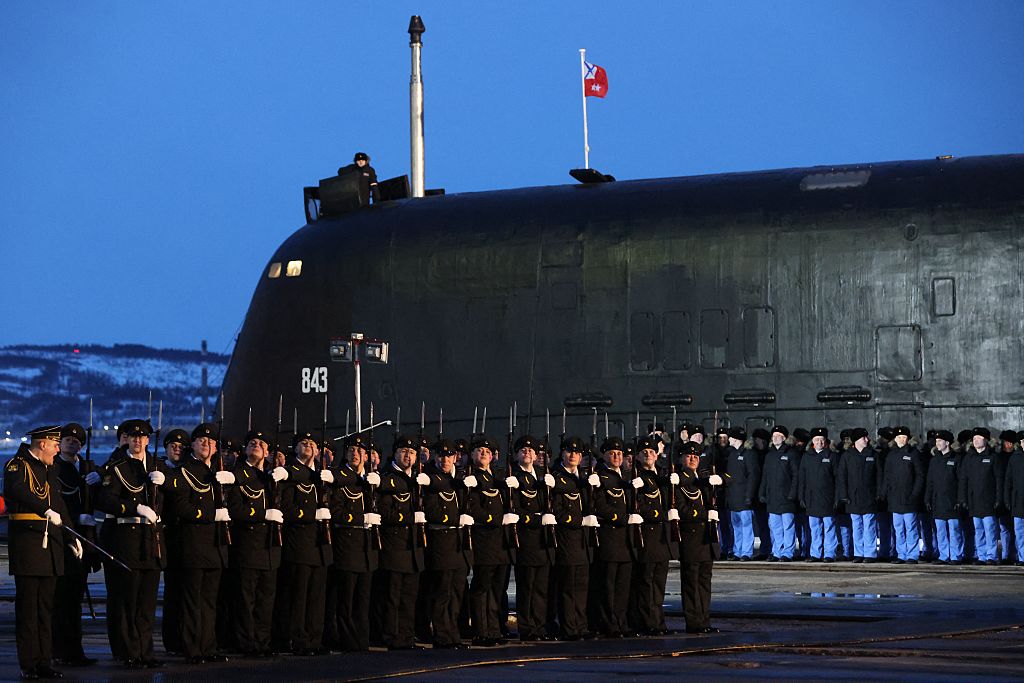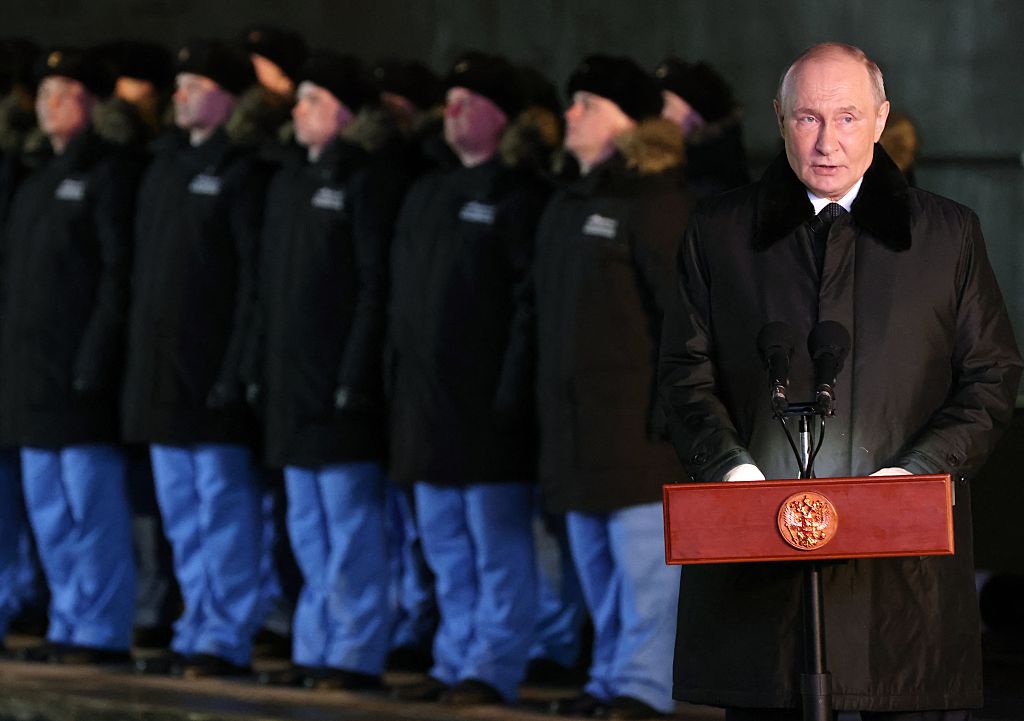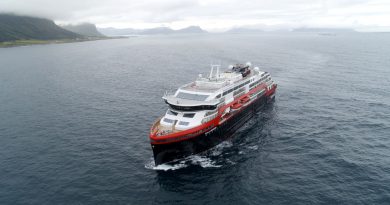Russia launches new hypersonic-weapon submarine

Images)
The brand new submarine was floated out of the yard’s dock hall on Thursday. Russia is now half-way in launching the series of the Yasen-M class.
The Perm is the sixth submarine of the Yasen/Yasen-M class and is expected to sail for the Pacific Fleet. First, a year or so of sea trials have to be conducted to measure the vessel’s performance, general seaworthiness and weapons systems.
Unlike previous classes of Soviet-designed attack submarines, the Yasen/Yasen-M vessels have a multi-role function; the hunter-killer role as well as to target sea or land enemies with vertical launched cruise missiles.
According to the Sevmash yard, the Perm is the first in the series that is a regular carrier of Zirkon missiles, the hyper-sonic weapon designed to be armed either with a conventional warhead or a nuclear warhead.
It is a worry in the West that Russia again sails multi-purpose submarines armed with nuclear weapons, not only the fleet of ballistic missile submarines. Tactical nuclear weapons were removed from U.S. and Russian submarines by the end of the Cold War, but are now coming back in Russia’s underwater fleet for warfare.
The launch of Perm in Severodvinsk took place with Vladimir Putin attending via video-link from Murmansk where he on Thursday met with navy commander Admiral Aleksandr Moiseev onboard Perm‘s sister vessel, the Arkhangelsk. Putin also attended the Arctic Forum conference.
Putin praised the designers and builders of the new submarine, and noted that Perm is the first multi-purpose submarine armed with Tsirkon hypersonic cruise missiles.

The missile, though, has already been tested with the Yasen-class. The first such test took place in October 2021 from the Severodvinsk. The submarine was then in surface position in the White Sea and launched against a target in the Barents Sea.
Unconfirmed Russian sources claim the Tsirkon missile has a range of up to 1,000 kilometers.
Putin is confident the new generation submarines will help Russia strengthen its position as a global maritime power.
“Such submarines and ships will increase the power of all our fleets, will strengthen the security of Russia’s maritime borders, the Northern Sea Route, will ensure the solution of tasks to protect national interests in various areas of the World Ocean, including the Arctic zone, which in the conditions of intensifying global competition is acquiring the most important economic, logistical, and transport significance,” Vladimir Putin said from Atomflot, the base for Russia’s fleet of nuclear-powered icebreakers in Murmansk.
Of the five submarines in the class already in operation, three are with the Northern Fleet (Severodvinsk, Kazan and Arkhangelsk), while two sail with the Pacific Fleet (Krasnoyarsk and Novosibirsk).
Three more are at different stages of construction at the Sevmash yard (Ulyanovsk, Voronezh and Vladivostok). Construction of one more is expected to start in 2025 (Bratsk), while two more are announced, but contracts are yet to be signed.
Related stories from around the North:
Canada: A look at how the Canadian military is training for potential conflicts in the North, CBC News
Finland: Finnish Defence Minister tells party leaders shrinking fighter fleet would be “irresponsible”, Yle News
Greenland: Greenland’s new government calls for unity before visit by US VP Vance, Thomson Reuters
Iceland: Iceland’s FM announces defence review, calls revamped security policy ‘urgent’, Eye on the Arctic
Norway: Norway’s Arctic ambassador speaks at Murmansk congress via video conference, The Independent Barents Observer
Russia: Putin says Arctic rivalries increasing, but economic cooperation still possible, The Independent Barents Observer
Sweden: Swedish defence spending to rise by SEK 300 billion over the next decade, Radio Sweden
United States: Trump’s Greenland rhetoric, VP Vance visit, could backfire on U.S.: expert, Eye on the Arctic



